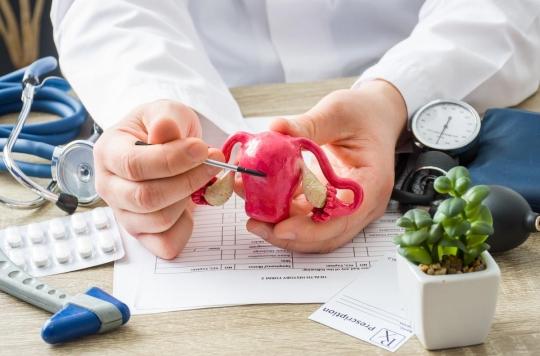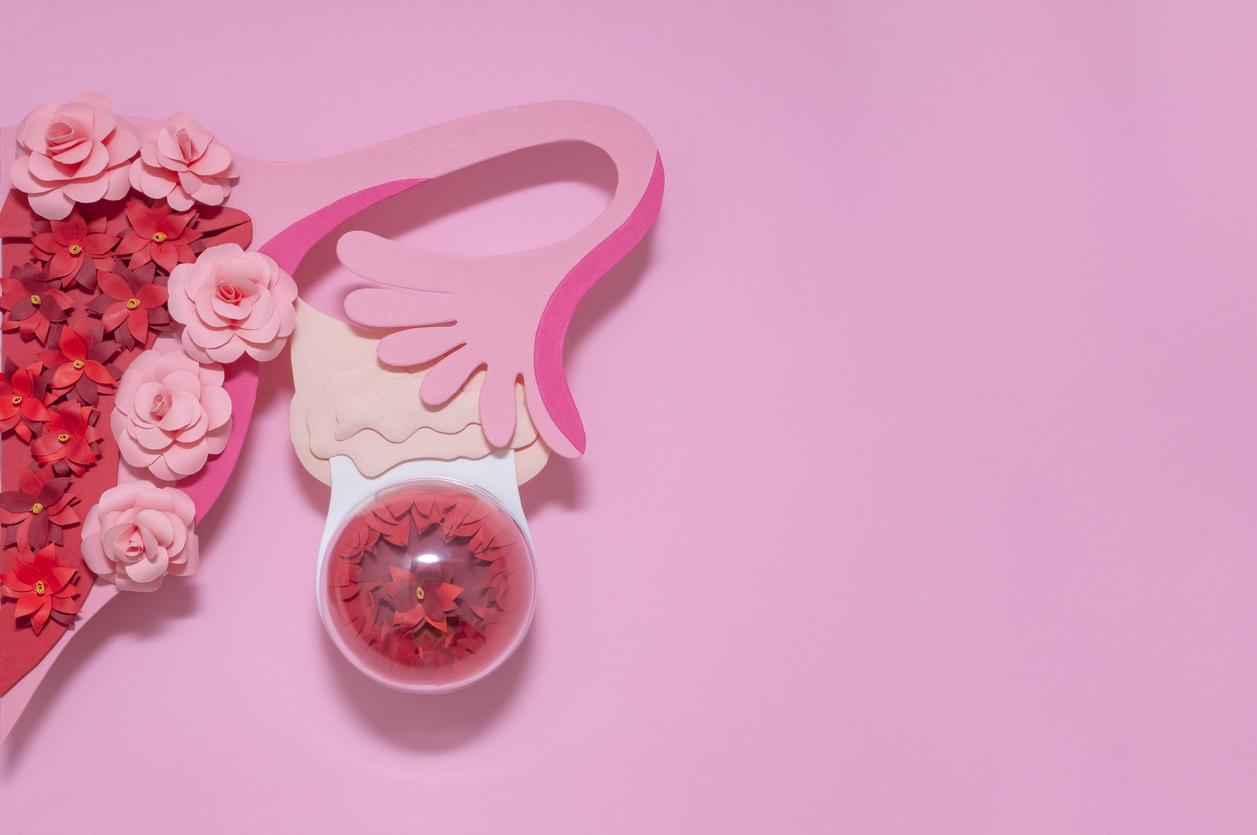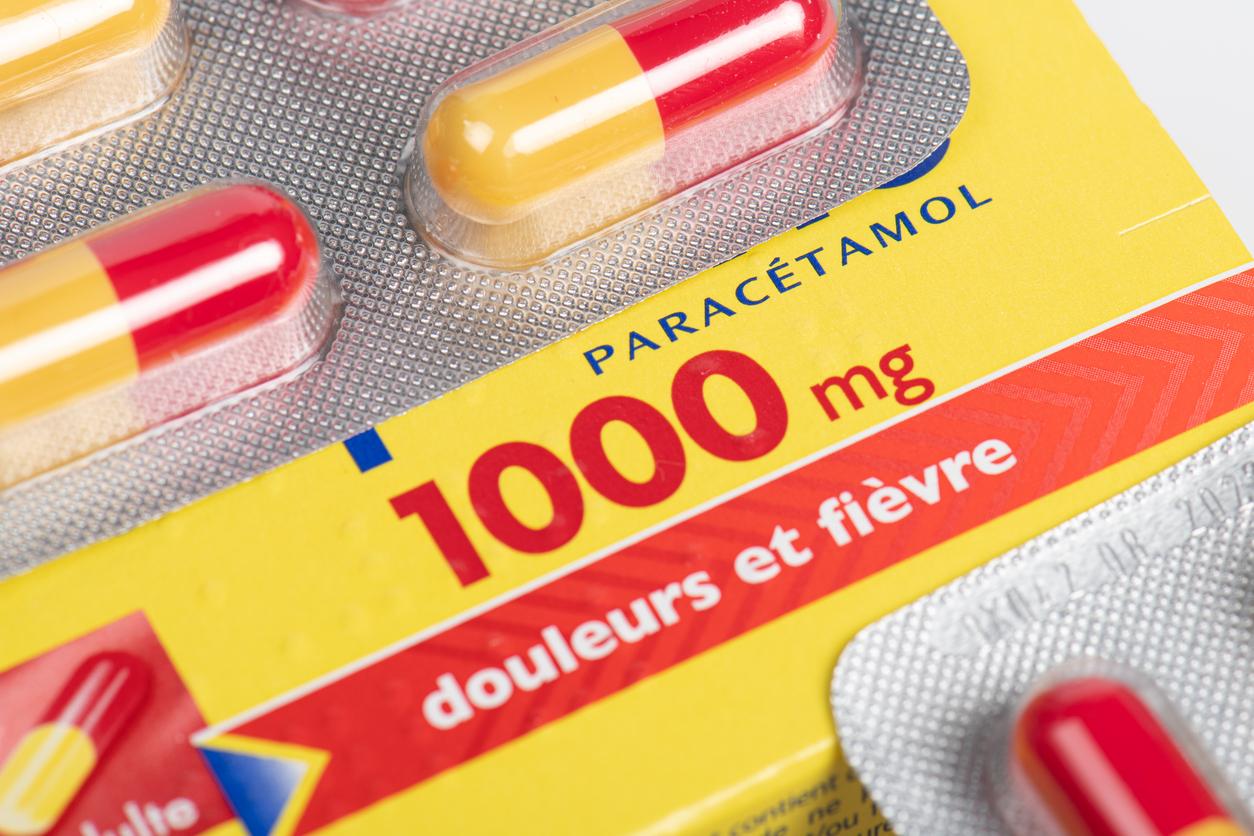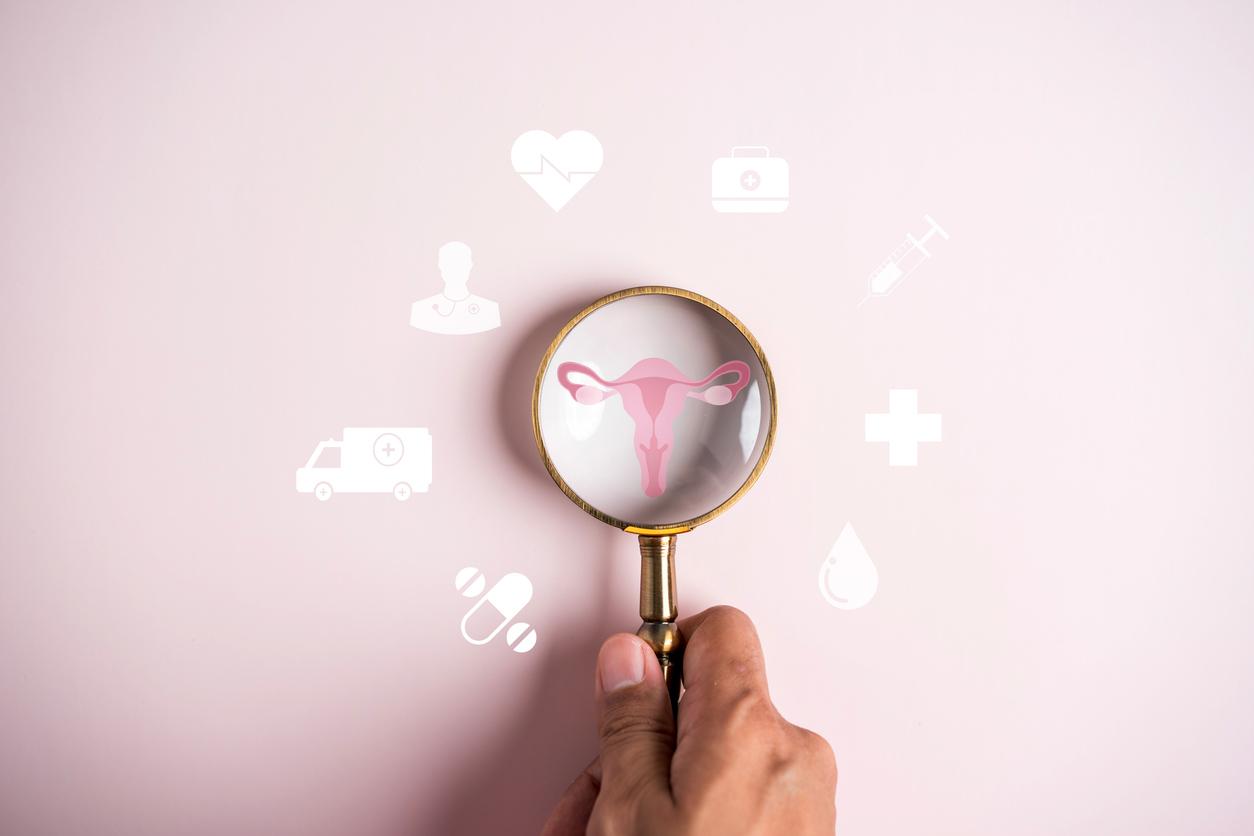Four patients had their implants analyzed by an independent laboratory in Lyon. The results point to the responsibility of the welds, suspected of releasing harmful particles, such as tin, into the tubes.

The state implicated in the case of Essure implants. Four patients demand recognition of the fault of the authorities and compensation in a letter addressed to the Minister of Health Agnes Buzyn. In the absence of a response within two months, they intend to file a complaint with the administrative court.
Erosion of the implant over time
Marketed since 2002, the Essure implant is a permanent method of contraception: micro-implants are deposited by natural means, after some time, a healing phenomenon will take place, making it possible to “plug” the fallopian tubes. fallopian.
At the beginning of February 2020, the Lyon laboratory Minapath published the results of a study carried out on the uterine tissues of patients who had this implant model. The analysis finds that the contraceptive device releases tin in 90% of cases due to excessive erosion of the solder.
Many side effects
Several women suspect the implant to be the cause of pain felt when they wear it: tendonitis, neuropathic disorders, memory problems or even pelvic pain. Françoise Vanmuysen remembers the “headaches” and a “decrease in cognitive and physical abilities”. This 50-year-old former surgeon confided in the microphone of France info : “It’s very insidious, it evolves a bit like a low-noise poison.” She wore the implant for eight years, which she “hell” due to pain and fatigue.
More than 1,000 victims
In April 2019, nearly 70 patients filed a complaint against X for “unintentional injuries” with the health center of the Marseilles tribunal de grande instance. The complaints, “still in progress”, have been entrusted to the health center of the Paris tribunal de grande instance. More than 1,000 women would have suffered adverse effects related to the implant between 2003 and 2017 according to an ANSM executive. The Essure implant was withdrawn from the market in 2017 by the Bayer laboratory, which marketed it. At least 175,000 women are said to have worn it.
.

















